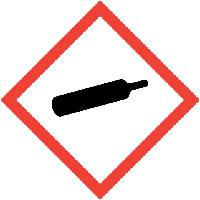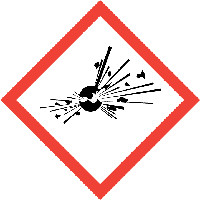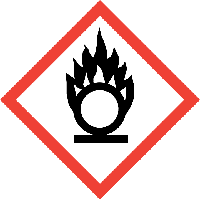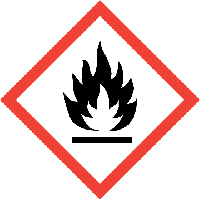Pictograms and labels

Labeling of substances and mixtures makes it easier for consumers to find their way around the world of the dangers and risks associated with the use of different preparations. And the pictograms are designed for that.
What is a pictogram and where it came from
A warning pictogram is an image on a label that is intended to provide information on the damage that a substance or mixture can cause to health or the environment through a warning symbol and specific colors.
The Regulation on Classification, Labeling and Packaging of Substances and Mixtures (CLP Regulation) introduced a new classification and labeling system for hazardous chemicals in the European Union. The pictograms, which are now in line with the United Nations Globally Harmonized System of Classification and Labeling of Chemicals, have also changed.
The CLP Regulation sets out detailed criteria for labeling elements for each hazard class and category: pictograms, warning words and standard hazard, prevention, reaction, storage and disposal warnings. This Regulation also lays down general packaging standards to ensure the safe supply of dangerous substances and mixtures.
In addition to hazard communication through labeling requirements, CLP also serves as a basis for a number of legal provisions on chemical risk management.
The new pictograms take the form of a red diamond with a white background and have replaced the old orange square-shaped symbols used under previous legislation.

What does this pictogram mean?
Contains gas under pressure, may explode if heated.
Contains refrigerated gas; may cause cryogenic burns or injuries.
Examples of products on which we can find this pictogram
Gas containers
Examples of safety warnings
Protect from sunlight.
Wear thermostable gloves/protective shield/goggles.

What does this pictogram mean?
Unstable explosive
Explosive, danger of large-scale explosion
Explosive, serious danger of fragments flying
Explosive, fire, explosion or fragmentation hazard
Danger of large-scale explosion in case of fire
Examples of products on which we can find this pictogram
Fun pyrotechnics, ammunition
Examples of safety warnings
Keep away from heat/sparks/open flames/hot surfaces. Don't smoke.
Wear protective gloves/protective clothing/eye protection/face protection.
In case of fire, there is a risk of explosion.

What does this pictogram mean?
May cause fire or contribute to its development; oxidizing agent.
Examples of products on which we can find this pictogram
Bleach
Examples of safety warnings
Keep away from heat/sparks/open flames/hot surfaces. Don't smoke.
Wear protective gloves/protective clothing/eye protection/face protection.
What does this pictogram mean?
Flammable gas
Extremely flammable aerosol
 Flammable aerosol
Flammable aerosol
Highly flammable liquid and vapor
Flammable solid
Examples of products on which we can find this pictogram
Lamp oils, petrol, nail polish remover
Examples of safety warnings
Do not spray on a naked flame or any incandescent material.
Keep the container tightly closed.
Store in a cool place.
Protect from sunlight.
Other pictograms and their explanations can be found at echa.europa.eu
Training:
